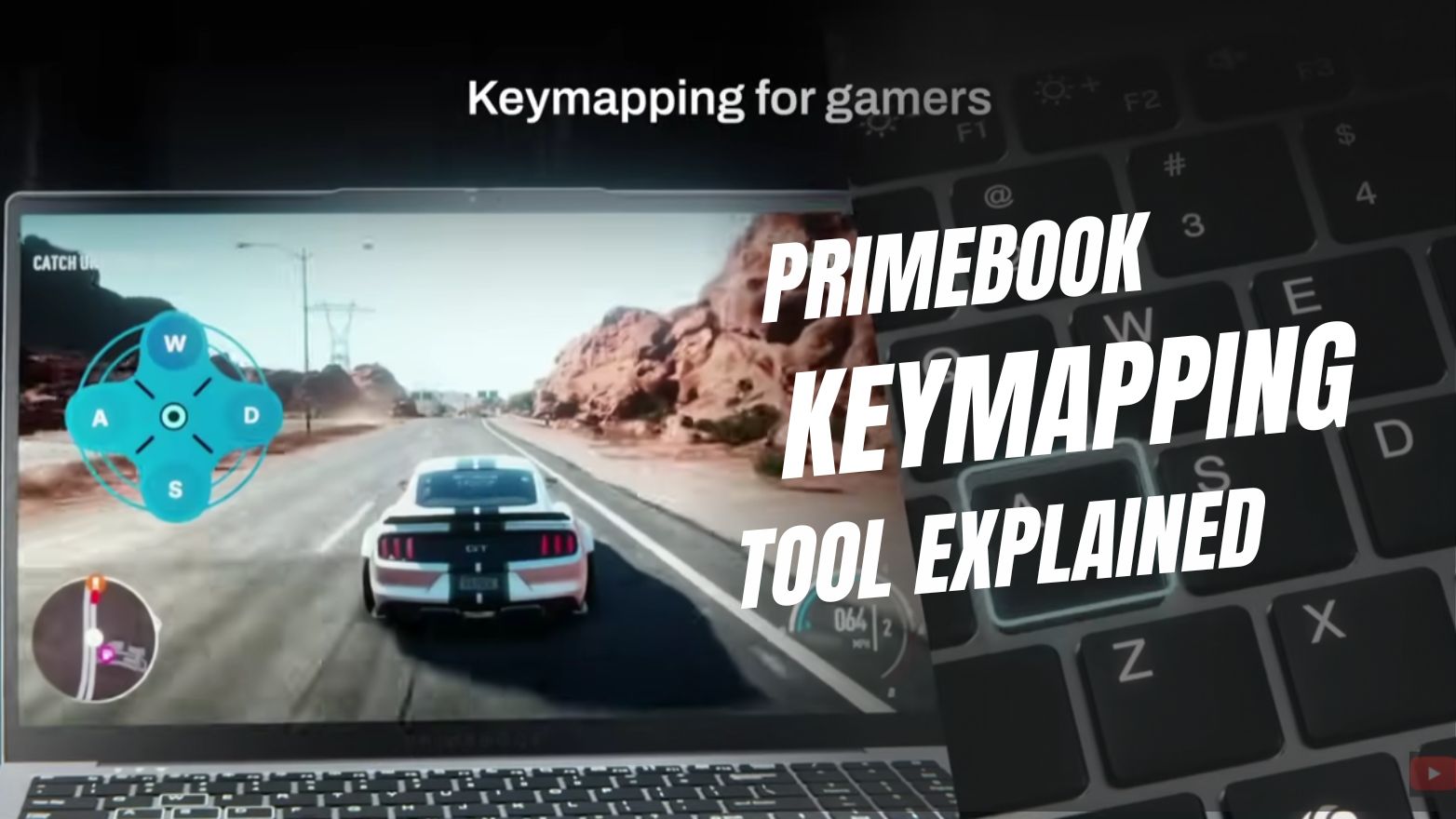Blogs / How To / How to Improve Online Communication Skills?
Blogs / How To / How to Improve Online Communication Skills?

Ananya Dasgupta
30 May 2025

How to Improve Online Communication Skills?
Today, about 24.8 crore students in India depend on digital platforms for their education. Meanwhile, up to 60% of the workforce in the IT and ITeS sectors is expected to continue working remotely in the coming years, according to NASSCOM. As both education and employment shift into virtual spaces, strong online communication skills are no longer optional—they’re essential!
I experienced this shift firsthand during the COVID pandemic, as many of you would have. During my initial days of online learning, my tone would often be misread, my points got lost in chat threads, and virtual discussions left me unheard. That’s when I realised being digitally present isn’t the same as being digitally understood. So, in this blog, I’ll share exactly what helped me improve my online communication skills and how these changes can make a real difference for you too!
How to Improve Online Communication Skills in 6 Steps?
1. Understanding Digital Etiquette Precisely
I knew that communication isn’t just about what you say; it’s about when, where, and how you say it. But it was only after working remotely that I saw how true that really is. The tone, timing, and context of my messages had a direct impact on how clients responded.
I became more mindful of adjusting formality based on the platform, acknowledging messages without delay, and avoiding unnecessary follow-ups outside working hours. These small shifts made my communication feel more professional, and after a slow start, they helped me secure a few clients who had initially gone silent.
But while I was learning how to communicate more thoughtfully, I was still expressing myself in ways that didn’t always connect and that had a lot to do with my writing style.
2. Practicing Clear & Concise Messaging
Yes. As someone who loves literature and expressive writing, I initially framed my emails and messages with elaborate vocabulary and layered phrasing. While it felt natural to me, I soon realised that my clients didn’t always have the time or patience to decode dense language. In the fast-moving world of freelancing, clarity wasn’t optional; it was expected. So I began focusing on simplifying my communication. What helped?
-
Replacing jargon with direct, easy-to-understand language.
-
Structuring messages with clear subject lines and spacing.
-
Opening emails with a purpose upfront.
-
Keeping explanations brief and focused on outcomes.
3. Working on Non-Verbal Communication Skills
Transforming my writing pattern did help a lot, but something still felt off during video calls with clients. Even when I was saying the right things, the response often felt lukewarm. Gradually, I identified that online, non-verbal cues are the reason. They don’t disappear; they just shrink into smaller, more noticeable signals.
So, here’s what I started doing differently:
-
Keeping the camera on during important meetings to maintain presence.
-
Looking into the webcam when speaking, instead of staring at the screen.
-
Using simple visual signals, like a nod, a smile, or a thumbs-up, to show I was engaged.
-
Avoiding multitasking during client calls, even if I wasn’t the one speaking.
According to Digital Samba, mastering body language in virtual meetings is crucial for effective communication. This helps establish credibility, focus, and engagement for others in the room. Once I became more conscious of these details, I noticed that online communication felt more natural and clients responded with more clarity and openness.
4. Engaging Actively in Virtual Conversations
After refining my non-verbal skills, I started to notice that merely being present in virtual meetings wasn't enough. Passive attendance often led me to miss opportunities. Therefore, I adopted the following practices.
-
I asked to clarify questions to show attentiveness while gaining a clear understanding.
-
I started summarizing key points to reinforce alignment and confirm next steps.
-
I began acknowledging others' inputs before adding my perspectives.
-
I frequently utilized chat features to share relevant resources or quick thoughts without interrupting the flow.
These strategies not only improved the quality of interactions but also fostered a sense of trust and collaboration among all other participants.
5. Asking for Feedback & Acting Upon It
Once I had the basics of communication in place, I started looking for ways to make it more effective. I began using client feedback as a way to sharpen what was already working.
After a few project milestones, I asked for input not just to know what could be improved, but to understand how my communication style was being received. I also started revisiting older conversations, which gave me a clear picture of how my tone has evolved over time and how I could adapt better to different working styles without losing consistency.
Each time I applied what I learned, responses felt more natural, expectations were aligned faster, and my online communications moved with less friction.
6. Leveraging Various E-Learning Apps
With time, I also thought, when life gives you the opportunity to leverage online platforms and e-learning apps, why not embrace it! I wasn’t aiming for certifications, I just needed simple, accessible tools to improve how I expressed myself. This is because while working with clients across regions, I noticed how much language and tone could vary depending on cultural context.
Soon, short, focused lessons provided by diverse language learning apps, like Duolingo, became my go-to for on-the-move practice. These apps helped me familiarise myself with different expressions, conversational nuances, and even new languages, especially when working with clients from outside India. They didn’t just teach words, they empowered me to respond with better intent and sensitivity.
In a nutshell, I didn’t make any big changes to improve my online communication. Instead, I resorted to a series of small, practical shifts that made me clearer, quicker, and more confident across formats and cultures. Standing in the 21st-century digital world, online communication is indeed more than a skill, it’s a core part of how we work and grow. That’s why devices like our Primebook, built for digital-first learning, make that journey easier by putting the right tools within reach — Because when you communicate better, you grow greater!
Also Read: How to Use Skillshare App for Your Skill Enhancement?


 Related Blog
Related Blog







